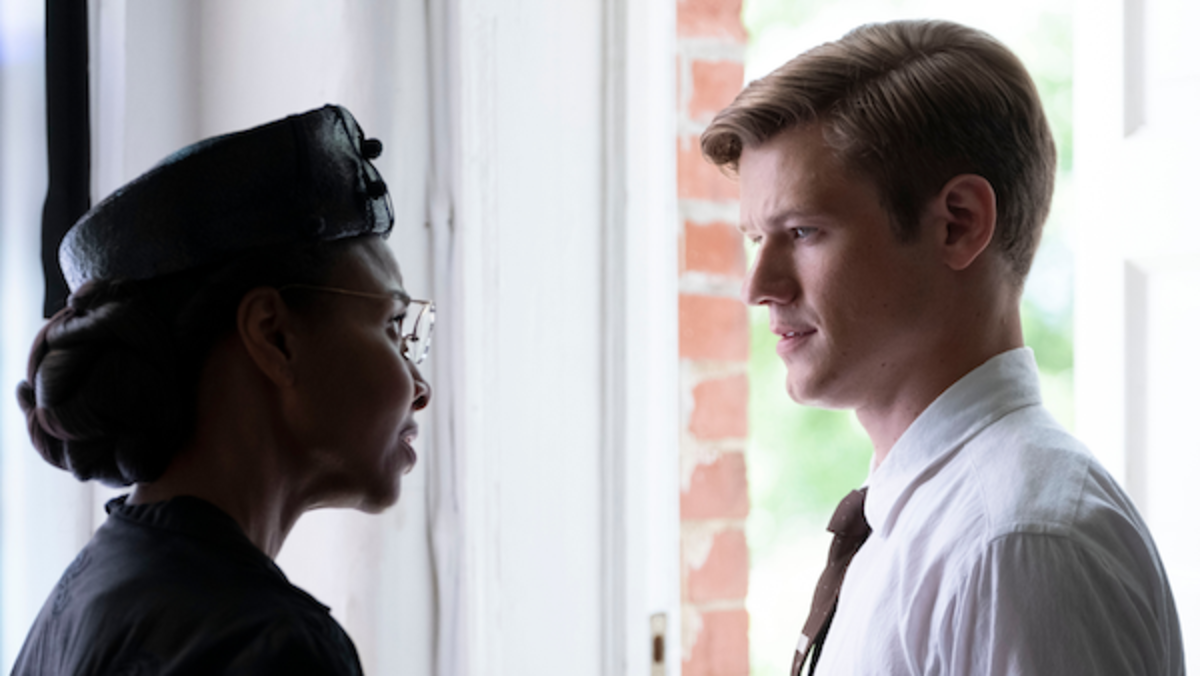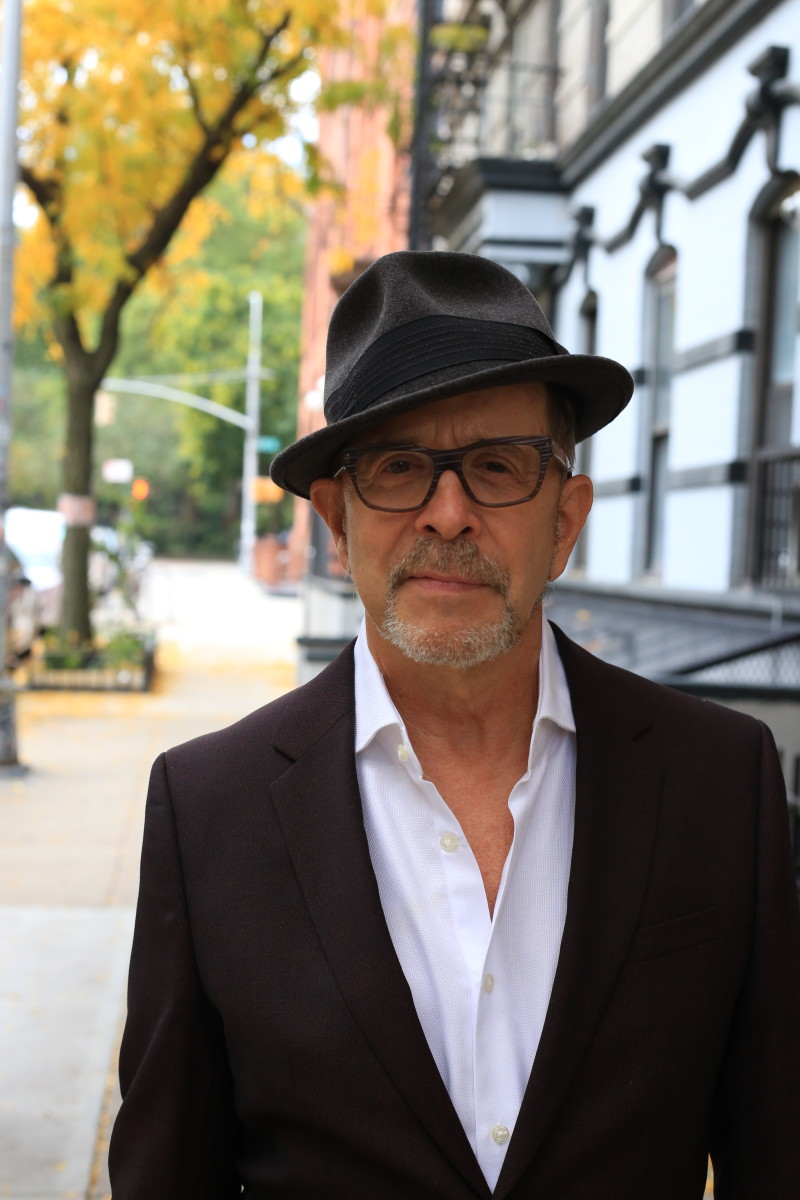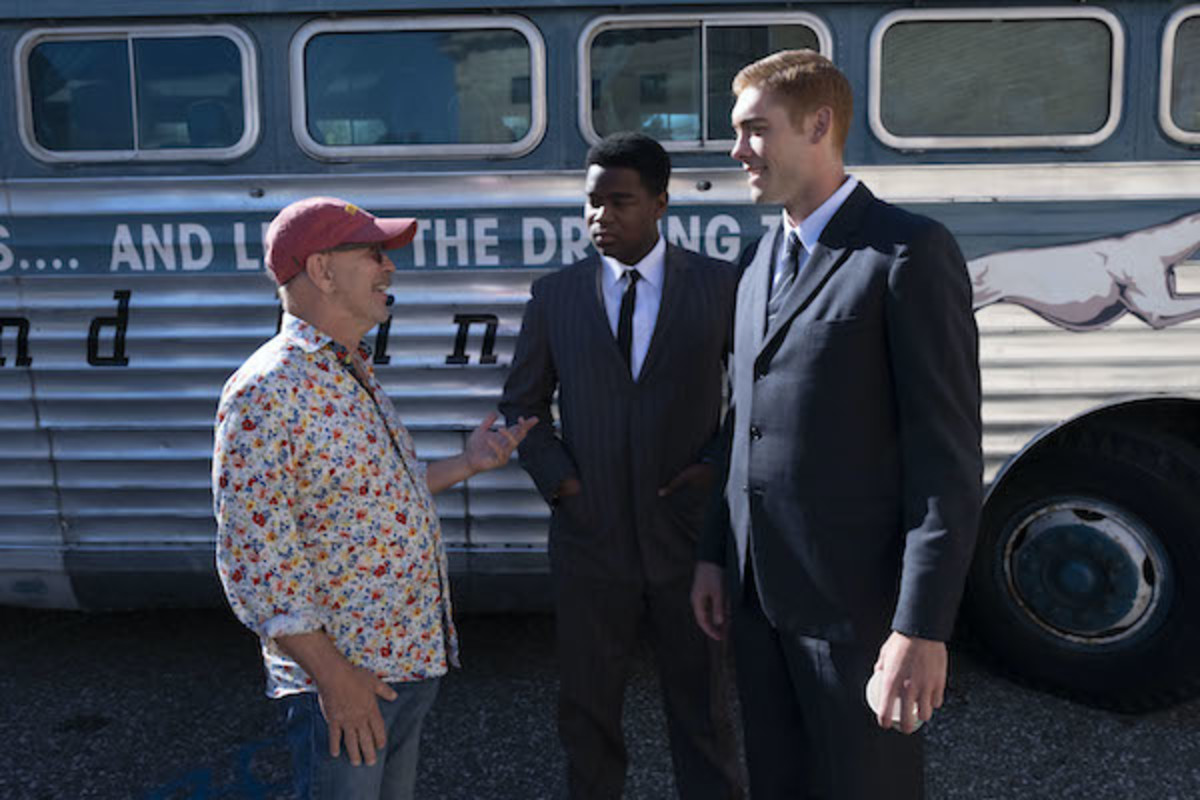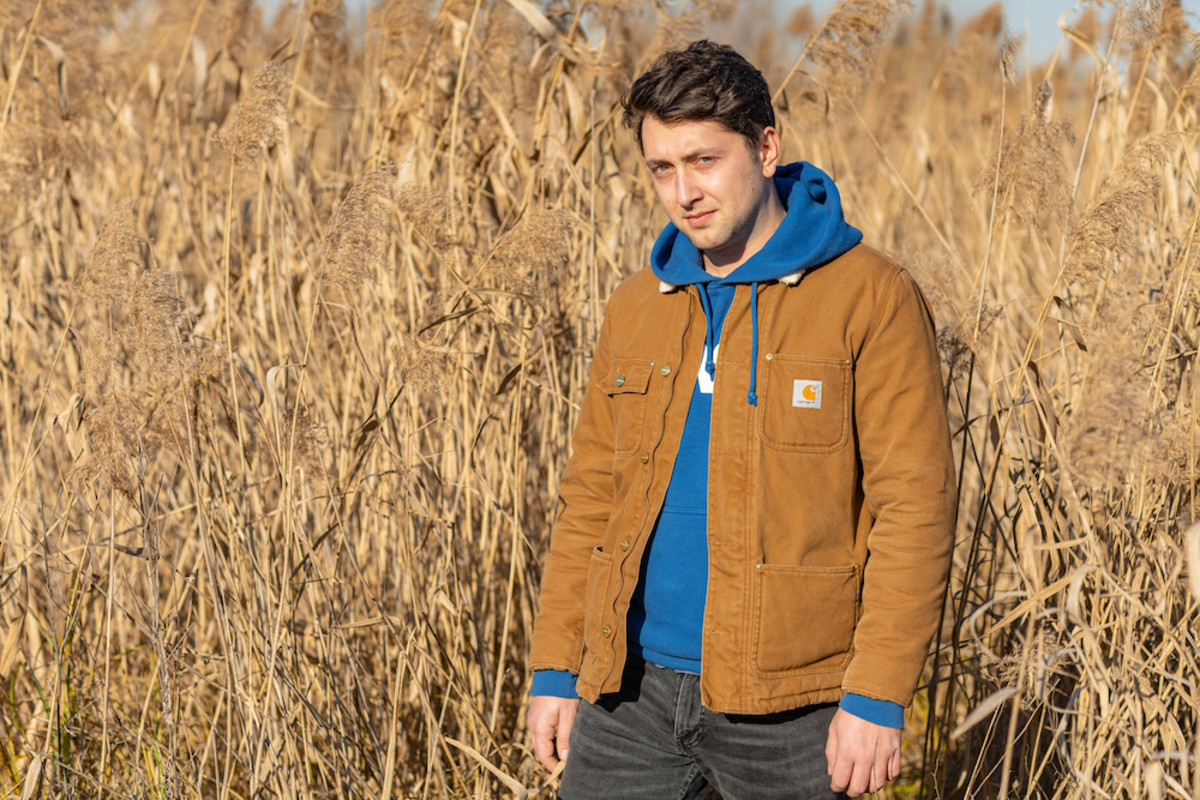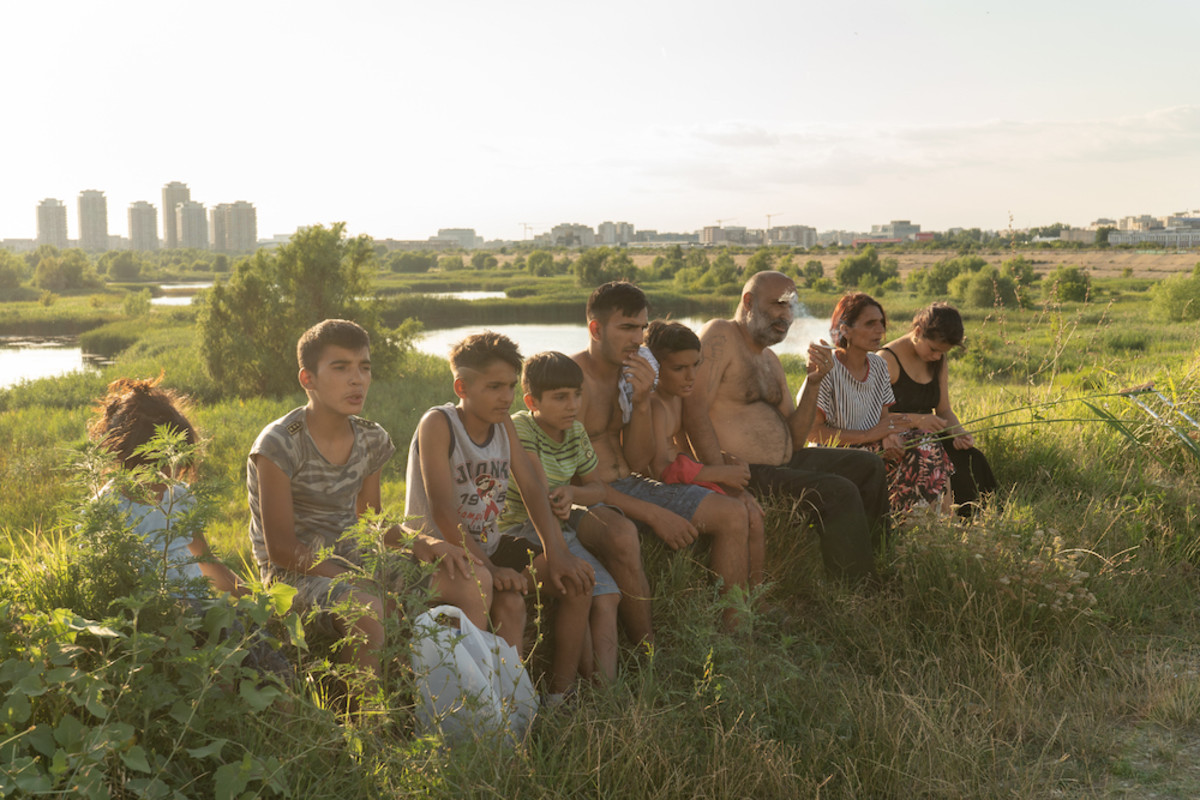Susan Kouguell speaks with screenwriter Jessica Goldberg about her work as a playwright, and the process of collaborating and adapting her new film ‘Cherry’ from the book to the screen.
I had the pleasure to speak with screenwriter Jessica Goldberg about her work as a playwright, and the process of collaborating and adapting her new film Cherry from the book to the screen.
CHERRY, directed by Joe and Anthony Russo, follows the wild journey of a disenfranchised young man from Ohio who meets the love of his life, only to risk losing her through a series of bad decisions and challenging life circumstances. Inspired by the best-selling novel of the same name, Cherry features Tom Holland in the title role as an unhinged character who drifts from dropping out of college to serving in Iraq as an Army medic and is only anchored by his one true love, Emily (Ciara Bravo). When Cherry returns home a war hero, he battles the demons of undiagnosed PTSD and spirals into drug addiction, surrounding himself with a menagerie of depraved misfits. Draining his finances, Cherry turns to bank robbing to fund his addiction, shattering his relationship with Emily along the way.
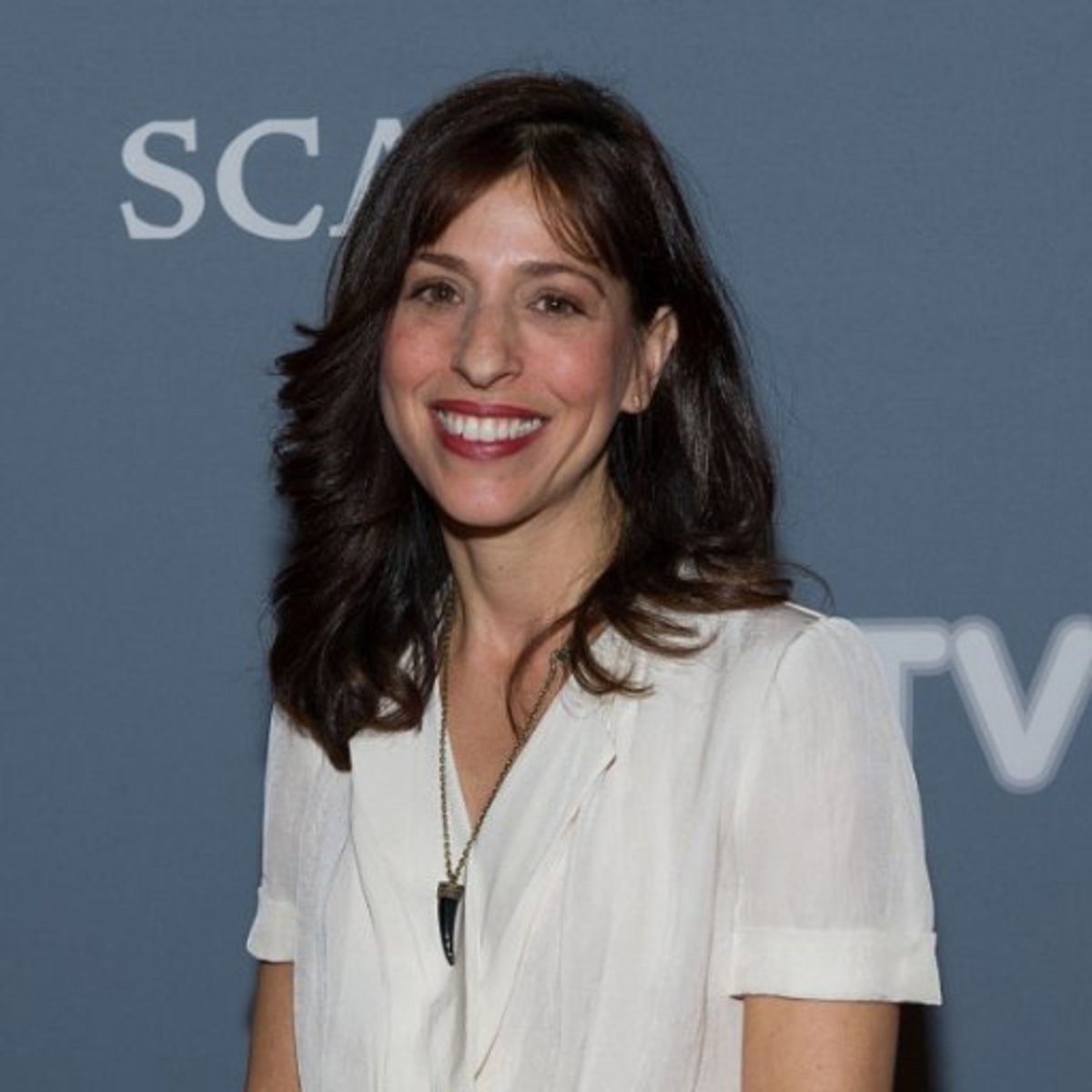
About Jessica Goldberg
Award-winning playwright, screenwriter and executive producer Jessica Goldberg previously served as the showrunner and executive producer on Netflix’s AWAY which starred Hilary Swank and Josh Charles. In 2016, Jessica created and executive produced the critically-acclaimed Hulu series, THE PATH, starring Aaron Paul, Michelle Monaghan and Hugh Dancy, which ran for three seasons. Prior to that, she served as a writer and producer on the NBC drama, PARENTHOOD.
Susan Kouguell: How does your background as a playwright inform your work as a screenwriter?
Jessica Goldberg: There’s a lot of characterdepth you must have as a playwright. Of course there were so many things I had to learn from theatre, to television, to film about structure and plot. Plays tend to be more character-driven. This movie actually worked well for my early skills since it’s quite a character-driven movie. As a playwright it’s really about dialogue; I used to hear voices always talking in my head, and film is more visual. Often you need more story drive, but there is so much overlap as the depth of the human experience that you try to mine as a playwright, and that’s what you want to do in any form of writing.
Kouguell: You are the co-writer along with Angela Russo-Otstot, the sister of the directors Joe and Anthony Russo. Talk about this collaboration.
Goldberg: I met the Russos about a year or two prior on another adaptation of a book that I was adapting for the screen. Angela produces for them, and we worked very closely on that project so she and I developed this language together, which you need when you collaborate on a screenplay.
The book was very personal to the Russos. It takes place in Cleveland where they grew up; it’s about people they know and the opioid crisis in Cleveland. They asked me to come on board with Angela to work on the screenplay and it was amazing because we already had a strong collaborative language but I didn’t have Cleveland. The first thing we did was get on a plane and go to Cleveland. We walked the walk of the book it was based on. The main character is a bank robber, and we walked to all the banks, we saw how he escaped, we really got a feeling of the town, the city, and we talked to a lot of young people who came of age at that same time our main character was coming of age. Through that process of walking through her hometown and discussing the story over dinner, in the car, over breakfast, and so on, you really start to develop a way of working together.
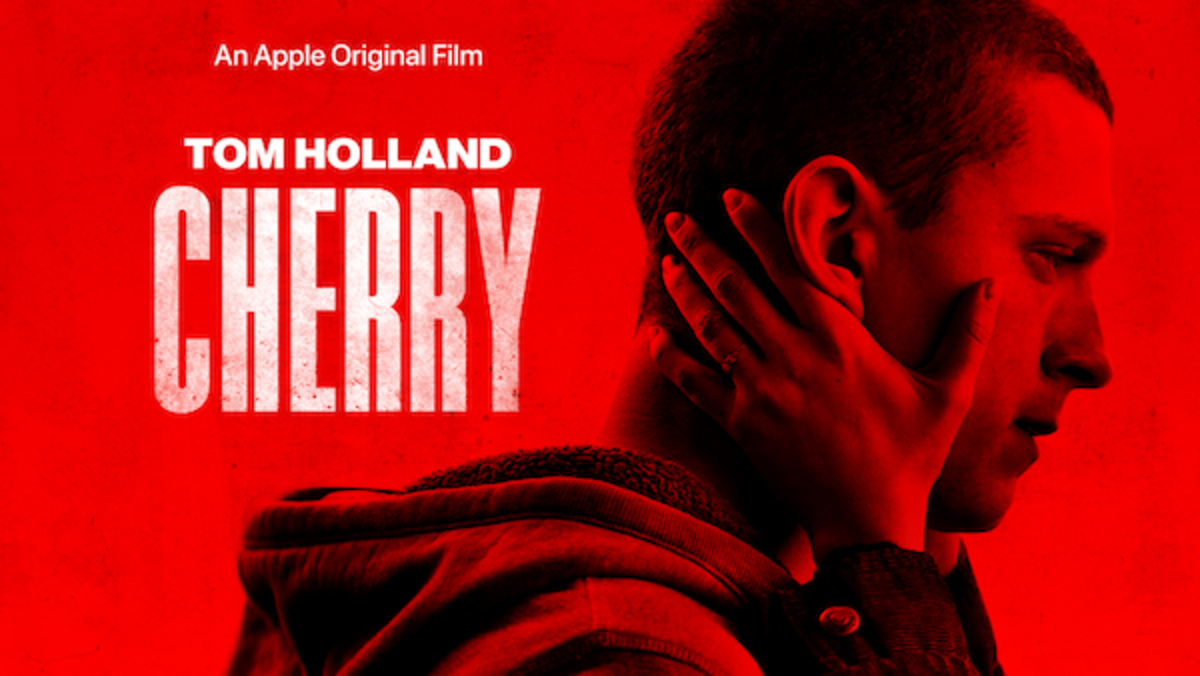
Kouguell: Tell me about the adaptation process from Nico Walker’s autobiographical novel to the screen.
Goldberg: It was quite a difficult adaptation. The book goes over 18 years and it’s a series of stories, little vignettes that move forward through his life. He starts as a young man, then he goes to Iraq, comes back and gets addicted. Traveling in that book is the character of Emily but she wasn’t as much a part of the book. When we started to decide how are we really going to invest in this guy and the story, we thought maybe we can pull out more of a love story here. That’s something we added to the structure in the film; it became the frame of the film to have a person who we invested in deeply through this story. That was an addition.
Also, Nico wanted the book to be seen as a work of fiction. He was in prison when they acquired his book. We found a little bit of liberty in our adaptation, translating it from the book to the screen, which was obviously a totally different form.
Kouguell: In the film, the main character breaks the fourth wall. Let’s talk about the decision to include this device.
Goldberg: One of the big challenges of adapting the book was that his voice is so lyrical and poetic; he has such a unique way of looking at the world. So the challenge was, how do you capture a voice that is that unique? Really early on the Russo brothers said, “Try everything, just go and have a great time, let’s get his voice in there.” They gave me and Angela this freedom to experiment and that’s why I think they embraced all these different stylistic choices that come up in the movie. We needed to capture the heart and soul of the book and they were so open to playing with ideas when approaching writing the screenplay.
Kouguell: There were elements that added a level of humor and tone, such as the fictionalized names of the banks.
Goldberg: That was another way of approaching the question of how do we capture the book. He had this way of walking in the world and seeing hypocrisy and seeing these institutions as blank places and we embraced that idea. Even the doctor who he goes to after the war was named Dr. No One. The movie is told through Cherry’s perspective and that is how he sees the world. Some of those little nods are taken from the book.
Kouguell: Words of wisdom for screenwriters?
Goldberg: My first advice is that life is really long and it’s really challenging, so you have to keep writing. It takes a long time; people always want their first thing made. Perseverance is half the battle to being a writer. That’s a big one.
Cherry is slated for a theatrical release on February 26 and will release on Apple TV+ March 12.
